Review
As the curtain falls on our six months with the Hyundai Tucson PHEV, it’s time to reflect with two key rhetorical questions: would I, as a fleet manager, add the Tucson to my company car choice list; and would I, as a company car driver, choose the Tucson?
The answer to both is yes. The running costs make a compelling business case compared to its larger-engine premium rivals, with only the Fleet News Awards mid-size SUV of the year winning Toyota Rav4 offering lower pence per mile thanks to the stronger residual value forecast.
The Tucson combines all-wheel drive with a small, frugal 1.6-litre petrol engine, straddling the line between mainstream rivals such as the Ford Kuga and VW Tiguan, and the premium options from the likes of Audi (Q3) and Volvo (XC40).
But there’s no point adding a car to a user-chooser list if no one chooses it. The Tucson’s high grade user experience, with quality materials, spacious, comfortable seating, and high levels of safety and infotainment technology, combined with the enjoyable driving experience ensure it will get noticed.
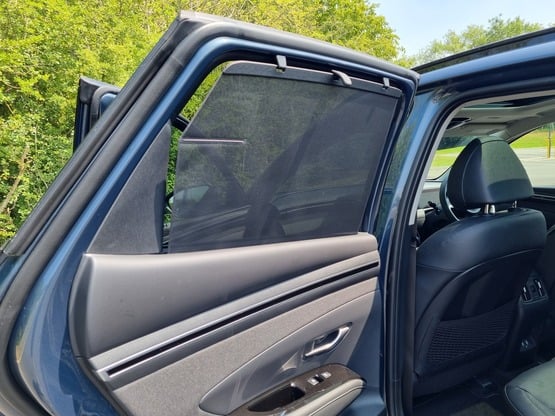
Then there’s the impact on the pocket. The 11% benefit-in-kind rate means a 20% taxpayer would be forking out just £77 a month for the car, while those with a commuting-based journey profile will be able to maximise their driving time on electric power thanks to the 38-mile range – all but eradicating the need to visit the petrol forecourt.
Yes, there are glitches and annoyances to overlook – or hopefully iron out in the case of the erratic parking brake, over-eager speed alert and zealous lane keeping assist – as we’ve documented during the past half-year, but these aren’t sufficient to blacklist the Tucson. Indeed, it’s worth noting that we encountered technology gremlins with many of our test cars.
Over the course of 11,000 largely pain-free motoring miles (note: interim service due at 10,000), the Tucson has become a firm family favourite.
All-wheel drive provides confidence
The Tucson is proving to be a comfortable companion for all types of driving.
Despite its size, it laps up the urban life, never feeling onerous even in the tightest of spaces. Given the opportunity to stretch out on the motorway and the Hyundai is completely in its element, offering smooth and stress-free cruising, cushioning occupants in its multi-movement seats with a choice of heated or cooling fans.
Get to the twisty bits and the car is assured rather than sporty, clinging on with a little body wallow, which is more pronounced on the Ultimate’s 19-inch alloys. Push hard and you can turn into bends a little too aggressively, creating over-steer, but this is easily adjusted as you get used to the car’s personality.
Yes, it’s not a particularly exciting drive, but who, aside from over-excitable consumer car hacks, is really looking for that from their SUV family car? Importantly, the experience is confident and predictable, although the springs can crash a bit over potholes.
What’s less predictable is the digital radio reception. Compared to other cars, it is very patchy, with frequent, sometimes prolonged, black spots.
We’ve also noticed an occasion quirk with the automatic boot function. Press the engine start button while the boot is still closing – a common occurrence with children throwing swimming kit into the back after a 6am training session – and the car thinks the boot is still open and won’t select drive. It requires manual intervention to open and shut the boot again, not ideal on frosty mornings.
Back to the driving experience. The four-wheel drive Tucson is also capable when the terrain gets rough, equipped with downhill brake control, all-wheel lock drive for greater traction and hill-start assist control.
It’s not go-anywhere Land Rover performance – more soft-roader than off-roader - but we have no personal requirement to regularly plough muddy fields. Nevertheless, it’s reassuring to know that, in rain, snow and ice or on gravelly surfaces, the Tucson has the kit to cope.
Running costs compare favourably
Comparing the Hyundai Tucson plug-in hybrid against competitors poses a bit of a problem. Most of the models closest on price and running cost are two-wheel drive; bringing a four-wheel option into the mix generally means entering the premium sector and far costlier cars with bigger petrol engines.
Exhibit one: the Volkswagen Tiguan PHEV and Ford Kuga PHEV, both two-wheel drive. The P11D of the former is £4,200 less than the £41,975 Tucson and, consequently, its running cost is £5,000 less over a four-year/80,000-mile operating cycle. The Kuga is £4,300 cheaper but only undercuts the Tucson’s £40,448 running cost (50.56p per mile) by £1,600*.
Exhibit two: The Volvo XC60 T6 and the Audi Q5 PHEV, both four-wheel drive and carrying 2.0-litre petrol engines compared with the Tucson’s 1.6. The XC60 has a P11D price almost £10,000 more than the Tucson, and costs that much more over four years; the Q5 is £12k more, but thanks to strong residual values, it only costs £9,000 more to run over four years.
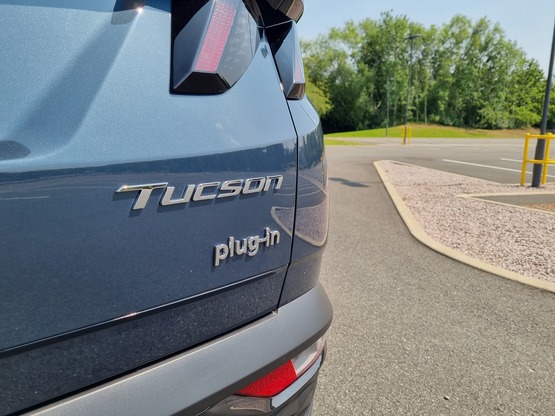
Arguably the closest competitor to the Tucson – aside from stablemate Kia’s Sportage which is not yet available as a plug-in hybrid – is the Fleet News Award-winning 2.5-litre Toyota Rav4 PHEV.
It has a higher P11D but is slightly cheaper on pence per mile running costs thanks to a stronger residual value performance and lower fuel costs due to its 46 miles of zero emissions range (Tucson 38).
That the Tucson runs the Rav4 so close is impressive; and in Ultimate trim, it’s also better equipped.
It’s worth taking a quick peek at the mild hybrid version of the Tucson, Hyundai’s only other 4WD model. Despite being almost £5,000 cheaper to buy, it costs around £500 more to run, while staff will pay £1,744 more per year in benefit-in-kind tax (£145 per month).
We’ll stick with the PHEV.
*All figures taken from the Fleet News running costs tool
Long-term economy reaches 50mpg
The long-term average fuel efficiency on the Tucson since we took delivery has now edged north of the 50mpg mark.
Spurred on by the fuel delivery crisis, a more judicious and diligent approach to charging has boosted the number of miles of fuel- and emissions-free driving on our plug-in hybrid.
Hyundai has got lots right with the Tucson, underlined by the fact the car is its biggest selling UK model. We’ve already commented on the attractive looks, including the striking grille which integrates the headlamps’ four decreasing horizontal strips of LED lighting, while the materials and switches are high quality. It’s also a pleasure to drive, particularly on long journeys.
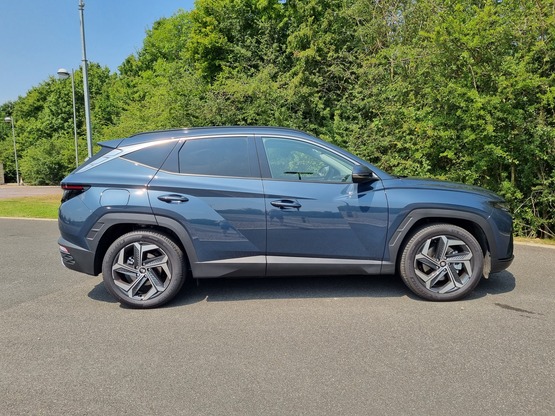
However, as we enter our third month with the Tucson, it’s a good time to reflect on some of the areas this aspirating premium challenger falls a little short compared to the best of German.
Two concern the electronic handbrake. First, the default position for handbrake hold is off, which means you have to switch it on for every journey. Second, the handbrake doesn’t always engage when ignition is switched off. It’s erratic: sometimes it engages, sometimes it doesn’t – with no discernible reason for either outcome.
We’ve also encountered a few technical gremlins. The speed camera alert sometimes picks up the wrong limit, or prematurely starts frantically beeping up to half a mile before the speed limit changes. It believes the 70mph new A14 is 60mph, for example.
The lane keeping assist is a little eager to engage, while several times I’ve been warned to keep my hands on the steering wheel when they have never left the wheel. And occasionally, vans parked on driveways as the road bends right cause the collision alert to sound.
All are fairly minor irritants but combined, they show that a (albeit closing) gap still exists between Hyundai and the sector leaders.
That’s not to dismiss the Tucson, though; it remains a competitive choice both for the driver and, in terms of cost of ownership, for the company.
Driving modes explained
The Tucson has continued to impress with its easy driving style, great visibility and comfort for all the family.
We were initially confused by the three driving modes on offer. Electric is obviously self-explanatory, but what about Hybrid and Automatic – what’s the difference?
Hyundai describes Hybrid as the electric motor working in tandem with the 1.6-litre petrol engine to deliver improved fuel economy and lower emissions. However, when we use it, the 13.8kWh battery never seems to be employed; we’ve actually seen it gain charge during long journeys.
We’d suggest this mode is essentially petrol-only, with electric used for the first few metres of driving from standstill (i.e. like a traditional hybrid). It conserves the electric range for a time when it may be needed more, such as when entering a city centre.
Automatic, therefore, offers the efficient combination of electric and petrol.
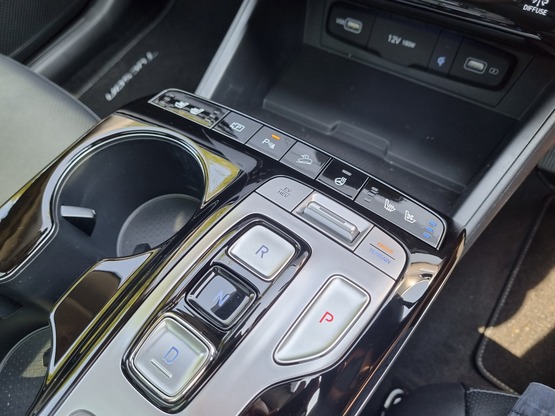
We tested this theory on a drive to Leeds. Hybrid mode on the way up returned 39mpg; Automatic on the way home boosted efficiency to 46mpg. It’s worth noting that the battery depletes to just under quarter – the car retains a residual charge for starting and low speed reversing.
Shorter journeys, of course, can be undertaken in full electric mode thanks to the Tucson’s generous maximum range of 38 miles for ultimate emissions-zapping driving.
The sight no one wants greeted me on August Bank Holiday Monday morning: a flat tyre.
A quick call to Bauer HQ to get the fleet breakdown number (managed by the AA) resulted in a local recovery operator arriving within 20 minutes to take the Tucson and me to the nearest Kwik Fit centre on Maskew Avenue in Peterborough.
Kwik Fit got the approval to repair from our leasing provider, did all the paperwork and started the job. It turned out a small screw had lodged in the rear nearside tyre but hadn’t done too much damage which meant the tyre could be repaired.
It took just 30 minutes to complete – an excellent service by all concerned.
Hyundai Tucson Plug-In Hybrid joins our fleet
Hyundai has been producing decent looking cars for several years now and the latest Tucson mid-size SUV improves upon its predecessor’s design by introducing striking angular lines and serrations, contemporary black grille and swopping roofline to give a real presence on the road.
Some have suggested the looks are a little jarring, but we like it, as do most of the people we’ve encountered so far. My only gripe is the wheel arches which are flat rather than curved.
We’re testing the plug-in hybrid version in range-topping Ultimate trim which offers 35 miles of EV-only range from the 13.8kWh battery, mated to a 1.6-litre petrol engine and four-wheel drive with combined power output of 265PS.
CO2 emissions are 31%, putting the car in the 11% benefit-in-kind tax bracket and costing a 20% taxpayer £77 a month. Not bad for a car with a price tag of almost £42,000.
There are a number of immediate likes worth highlighting in this first test. First, the Tucson has the charging port at the rear so you can reverse onto drive/into bays – much the safer option than going in frontways.
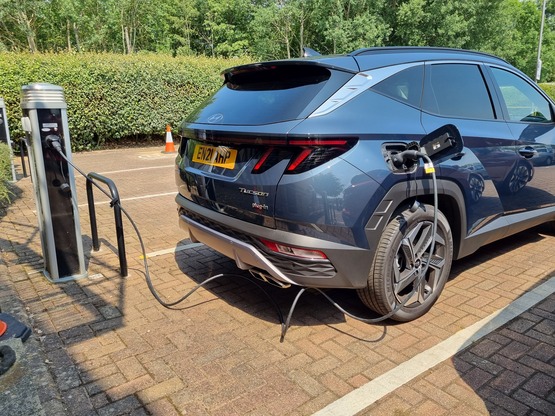
It also charges at 7.2kW rather than the 3kW of my previous test PHEV. This means empty to full takes around two hours, almost half the time of the BMW 530e.
Another big tick is the seat coolers, standard on the Ultimate, which proved ideal in the recent heatwaves.
The Tucson Ultimate is packed with safety equipment as standard, including blind spot collision warning and assist, forward collision avoidance at junctions, front and rear parking sensors, rear cross traffic warning and avoidance, and highway drive assist to keep the vehicle centred in the lane – although Hyundai’s definition of centred appears to differ a little from mine.
Full driving views to come in future test reports but, so far, the experience is a positive one.
Specs
| Manufacturer | Hyundai |
| Model | Tucson |
| Specification | Tucson SUV 4wd 1.6T-GDi PiH 13.8kWh 265 GPF SS €6 Ultimate Auto6 22MY |
| Model Year | 0.00 |
| Annual VED (Road tax) | £0 |
| BIK List Price | £42,325 |
| CO2 | 31g/km |
| BIK Percentage | 12% |
| Insurance Group | N/A |
| CC | N/A |
| Fuel Type | Petrol Hybrid |
| Vehicle Type | SUV and Crossover |
| Luggage capacity (Seats up) | 5litres |
Running Costs
| P11D | £42,325 |
| Insurance group | N/A |
| Fuel Type | Petrol Hybrid |
| Cost per mile | 99.94ppm |
| Fuel | 10.15ppm |
| Depreciation | 87.51ppm |
| Service maintenance and repair | 2.28ppm |
Rivals
Info at a glance
-
P11D Price
£42,325
-
MPG
201.8 (WLTP) -
CO2 Emissions
31g/km -
BIK %
12% -
Running cost
3 Year 60k : N/A 4 Year 80k : N/A -
Fuel Type
Petrol Hybrid




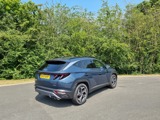
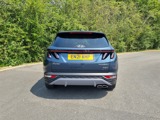

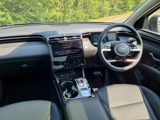
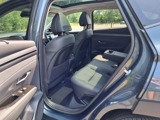
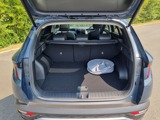






 Petrol Hybrid
Petrol Hybrid
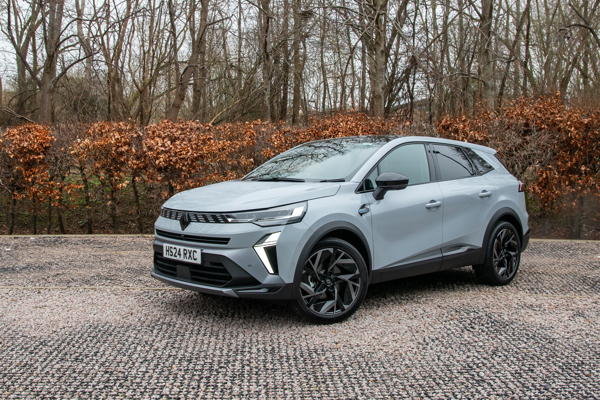

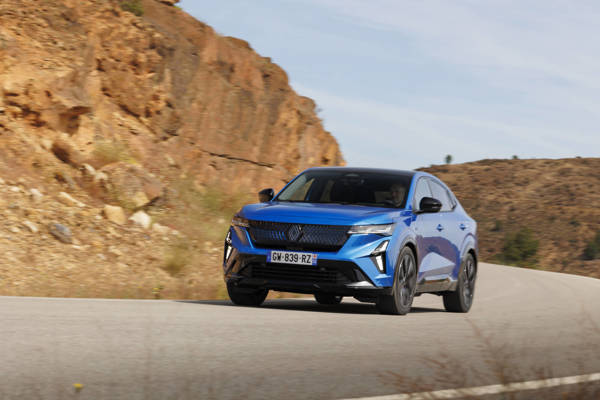


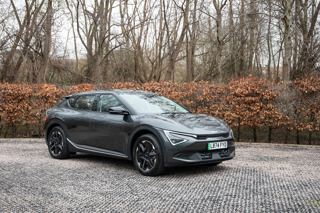

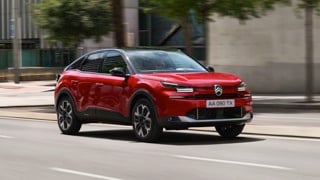
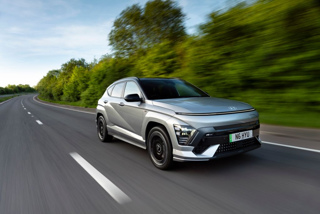











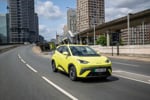


Login to comment
Comments
No comments have been made yet.